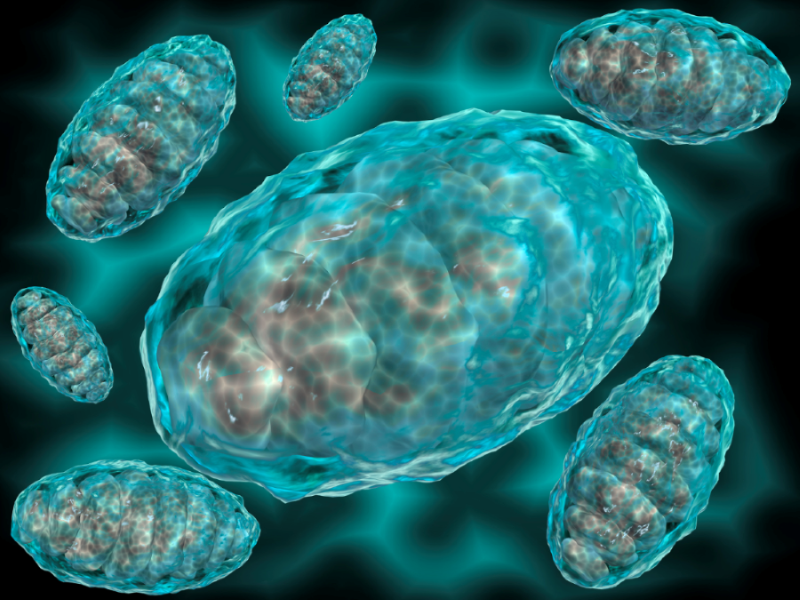Researchers from the Chinese Academy of Sciences (CAS) and their collaborators at Qi Biodesign have developed a strand-specific, CRISPR-free editing system for modifying genomes in the nucleus, mitochondria, and chloroplasts of plant and human cells. The team was led by Caixia Gao, PhD, a principal investigator at the Institute of Genetics and Developmental Biology at CAS.
Full details of their system, called cytidine deaminase-exonuclease-nickase-TALE or CyDENT, are provided in a paper published in Nature Biotechnology. Earlier this year, members of this same group published details of an artificial intelligence tool they developed that uses protein clustering to identify new deaminase proteins for base editing.
The Nature Biotech paper covers details of CyDENT’s components and how they fit together. According to the team, CyDENT edits DNA without the Cas9-guided R-loop structure used by CRISPR editors. It also does not use dsDNA deaminases used by base editors such as TALE-linked deaminases (TALED) or DddA-derived cytosine base editors (DdCBEs), which makes it much more precise in its editing.
The complex consists of a pair of programmable transcription activator-like effector (TALE) proteins fused to a Fokl nickase, a single-strand specific cytidine deaminase, as well as to an exonuclease and uracil glycosylase inhibitor peptide. In the first step of the editing process, the nickase nicks a TALE-guided strand of the target DNA. The exonuclease recognizes the nicked region and digests the nicked DNA strand, which exposes a short ssDNA fragment that is the substrate for deamination. Next, they use a locally fused ssDNA-specific deaminase protein to edit the specific DNA strand of interest.
Also, CyDENT “separates DNA binding, ssDNA exposure, and DNA editing into individual modular protein components,” the researchers wrote. This means scientists can customize their editor designs “as demonstrated by the exchange of exonucleases with different trimming directions and deaminases with different sequence context biases and editing activities” which are described in the paper.
As part of the study, the researchers evaluated CyDENT’s base editing capabilities in the nucleus and chloroplasts of rice protoplasts as well as in the mitochondria of human embryonic kidney cells (HEK293T cells).
In the protoplasts, the results showcased the strand specificity of CyDENT’s editing in the nucleus and chloroplasts although the editing frequencies were somewhat low. In the HEK293T cells, CyDENT had an editing efficiency of nearly 40% in the mitochondrial genome, and its edits were strand-specific in nearly all cases. The team also demonstrated that CyDENT could use ssDNA deaminases to accurately edit TC or GC motifs in mitochondria.


